GYOKURINDO

- Field:
- Japanese calligraphy goods
- Location:
- Osaka city, Osaka
GYOKURINDO
Products
Founder, Sensuke Fujio
Founder
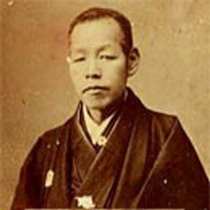
The business started when the founder, Sensuke Fujio, began as a brush maker under the brand "Takasago-ya Senseuke/Fujio Gyokurindo." Afterwards, as the Bunka era (1804-1818) began, he moved to Osaka and set up a business.
When you think of brush makers, the famous Toyohashi and Kumano come to mind. However, from the middle to the end of the Edo period (1603-1868), brush making was conducted in Osaka on a large scale. At this time, with a focus on literary people such as Heihachio Oshio, Sanyo Rai and the like, the culture of the intellectual class developed among the townspeople. Brush making in Osaka was not fostered by the imperial court or samurai society, but by the free culture of the townsfolk.
Sensuke of the second generation worked as the shopkeeper from the Ansei era (1854-1860) until the middle of the Meiji era (1868-1912).
At the time, the whole manufacturing process was carried out in his garden. Those stationery goods still remain to this day. The brush handles were straightened above the kanteki (an earthen charcoal brazier, in the Osaka dialect of Edo period) using a handle form. The measuring blocks used in cutting the shafts of the brushes. The combs and trays used to remove detritus from the brush hair, and more. Shintarou (the third generation), Zennosuke (the fourth generation), and Takeaki (the fifth generation) all carried on the art of brush making, but afterwards the business shifted to deal only in retail and wholesale.
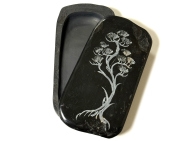
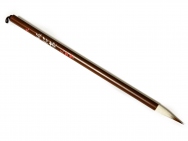
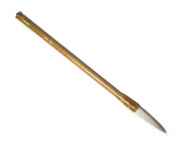
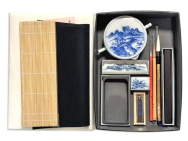
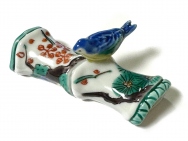
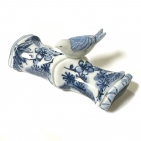
The culture of writing, unchanged since ancient times
"Gyokurindo," which was established over 200 years ago, deals in authentic traditional writing goods such as brushes, ink, ink stones, and traditional paper in order to pass on the Japanese art of calligraphy.
In 1804 during Edo period、Sensuke Fujio established it as a brush making/selling business in Osaka/Sakai prefecture.At the start of the Meiji era, it was moved to Namba town (present day Chuo-ward) in Osaka city, Sakai prefecture, and inherited by Sensuke Gyoku-Housai Fujio, of the second generation. In 1892、He was a judge at the second national brush exhibition hosted in Nara, and at the fourth domestic industrial fair, a medal of merit was awarded to his goods. Another medal of merit was awarded for the goods of Zennosuke Gyoku-Sensai Fujio (the fourth generation) at the fifth domestic industrial fair in 1903.
Genuine, beautiful calligraphy goods that last a lifetime
There are many places in Japan that abide by traditional manufacturing methods, and tools made for calligraphy are no exception. Easy-to-use, high quality, beautiful and incredible calligraphy goods from all over Japan are all collected into this one place.